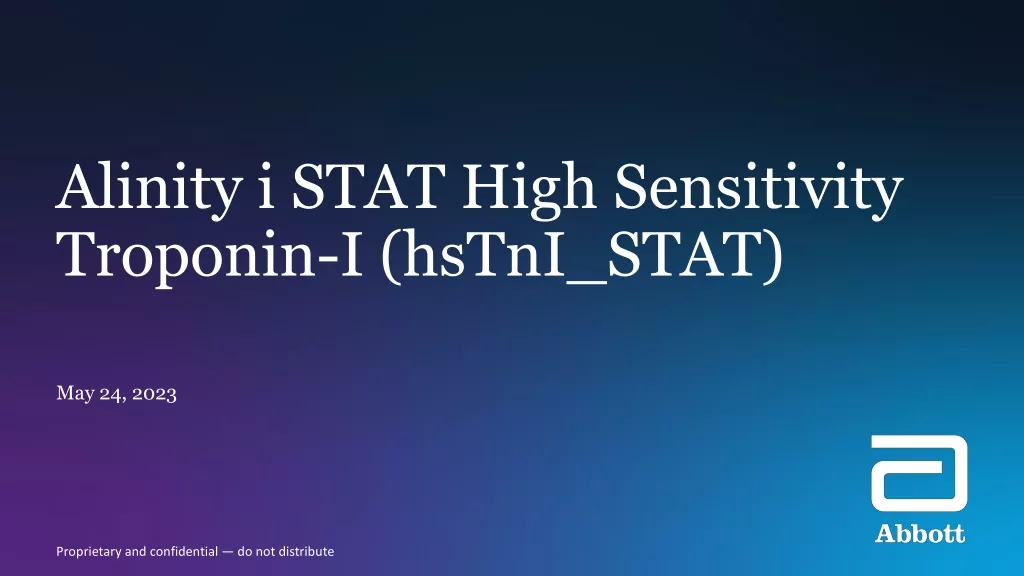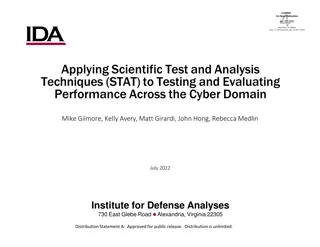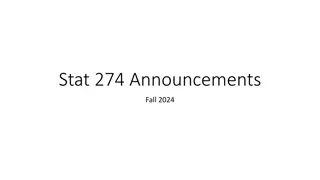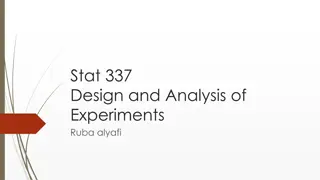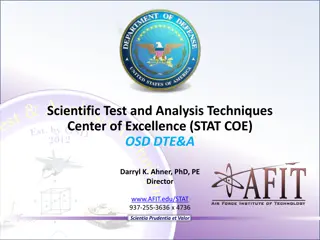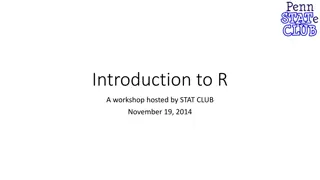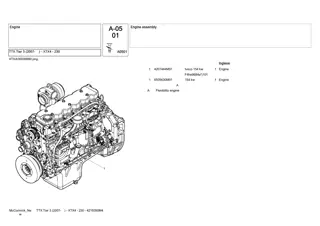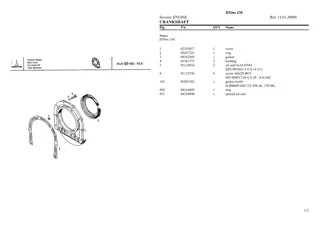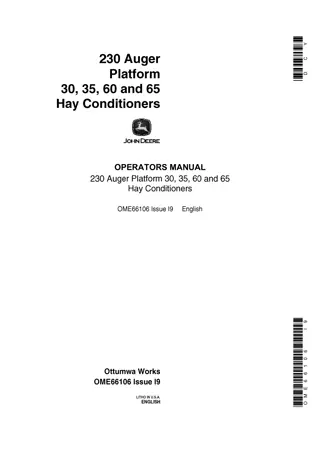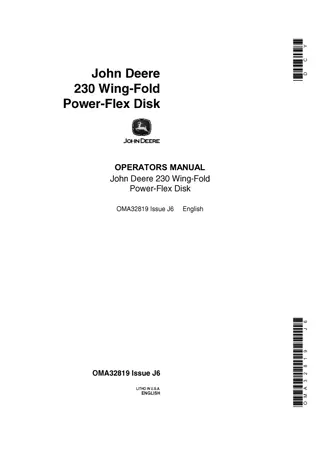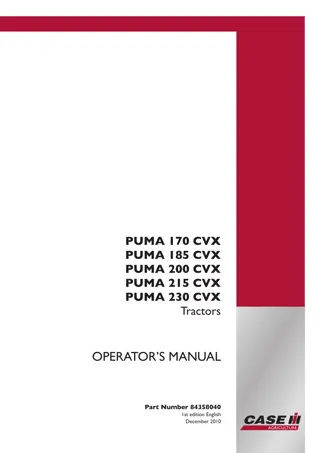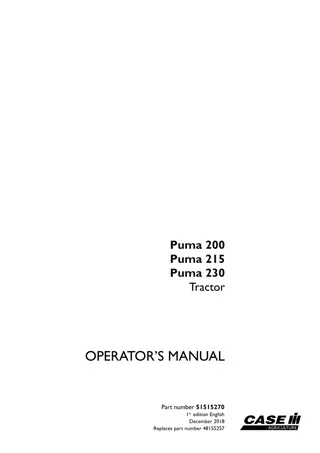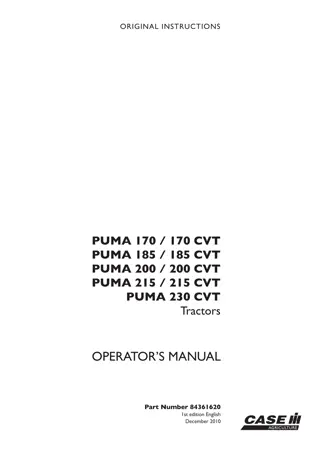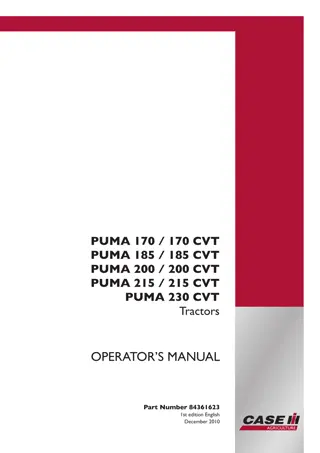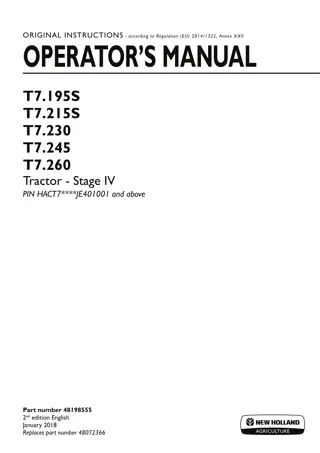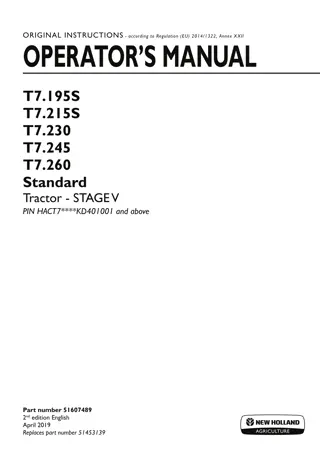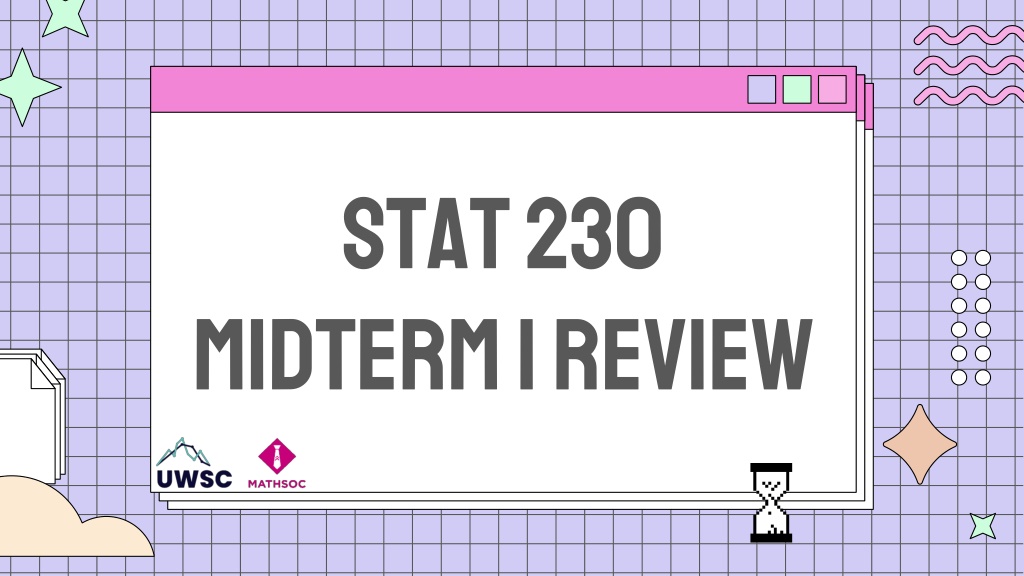
Understanding Probability: Concepts and Definitions for Stat 230 Midterm Review
Explore key concepts in probability including introduction, rules, random variables, and definitions. Learn about classical and subjective probabilities through examples and explanations. Join Stats Club for a deeper dive into probability theories and applications.
Download Presentation

Please find below an Image/Link to download the presentation.
The content on the website is provided AS IS for your information and personal use only. It may not be sold, licensed, or shared on other websites without obtaining consent from the author. Download presentation by click this link. If you encounter any issues during the download, it is possible that the publisher has removed the file from their server.
E N D
Presentation Transcript
STAT 230 Midterm 1 Review
Who am I? I m Rakshaa! 3rdyear CS/BBA Stat 230 (F 23) Stat 231 (S 24) Any Questions afterwards? You can find me on UW Stats Club Discord server (@space_rock) A little bit about me! Marketing team for UW s Stat s Club I can play the sax and trombone My most played game is Pok mon Black 2 The slides should be posted after the review!
Plan for Today Chapter 1 Introduction to Probability Definition of probability Sample spaces and probabilities Addition and Multiplication Rules Counting arrangements and permutations Counting subsets Counting arrangements with repetition Chapter 3 Random Variables Random variables Probability functions (pdf and cdf) Functions of random variables Chapter 2 Probability Rules and Conditional Probability Probability Rules De Morgan s Law Union of events Complement of an event Independent and dependent events Conditional probabilities Probability of the intersection of events Bayes Rule
Chapter 1 Introduction to probability
Definition of probability limitations Classical definition 1 Number of ways the event occurs Number of outcomes in ? Hard to define equally likely Relative frequency The chance (proportion or fraction) that the event occurs in a long series of repetitive events (experiments) 2 We can t repeat an experiment infinitely/indefinitely Subjective probability How sure the person making the statement is about the event occurring. 3 No rational basis for people to agree on an answer
Example -Definition of probability Which definitions could be used to obtain/describe the following probabilities? (1) The chance of getting 2 heads when flipping a fair (7) Investors believe that (4) Based on past data, the Classical coin twice Empirical chance that he makes this free throw is 80% Subjective this stock will have a 55% raise (2) In an experiment where you toss a fair dice 100 (5) The probability of (8) The chance of rolling a 4 Empirical times, you rolled an odd number half the time Classical on a 6-sided fair dice Classical drawing an ace from a standard deck of cards (3) I think that there is a 40% chance that it will rain (6) I think that there is a (9) Of the 100 customers, 90 Empirical bought this product Subjective today Subjective 40% chance that the Raptors win this game
Sample Space Sample Space A set of distinct outcomes in an experiment or process, with the property that given one trial, one and only one of these outcomes occur Discrete Sample Space Finite or countably infinite number of simple events Non-Discrete Sample Space Infinite number of simple events Simple Event An event that is indivisible such that it only contains one point (usually a probability of 1/|?|) Complex Event An event that contains 2 (or more) simple events
Example -Sample Space Define a sample space (As a set) and whether it Is discrete or not (1) Rolling a fair 6- sided dice (5) Number of people (3) Tossing a coin 2 times ?1= 1,2,3,4,5,6 ?2= {???,????} Discrete ?1= {??,??,??,??} ?2= {????,?????????} Discrete ? = {0,1,2,3 } Discrete (countably infinite) in a restaurant (2) Measuring the heights of students (4) Selecting cards (6) Time taken to ? = {?|? ,? > 0} Continuous finish a marathon ? = { | ,0 < < 250??} Continuous ? = {? ,? ,? , } Discrete from a deck
Probability Let ? = ?1,?2,?3, be a discrete sample space Assign numbers (probabilities) ? ?? such that 1. 0 ? ?? 1 2. ??? ??(??) = 1 ? ??,? = 1,2,3, denotes the probability distribution of ? Given complex event ? = (?1,?2,?3) where ?1, ?2, and ?3are simple events, ? ? = ? ?1 + ? ?2 + ? ?3 = ? ??(?) P A 1 ?(?) Odds in Favor of an Event ? -> Odds Against an Event ? -> 1 P A ?(?)
Example -Probability Draw one card from a standard well-shuffled deck (13 cards of each of 4 suits - spades, hearts, diamonds, clubs). Find the probability that the card is a club. Solution 1. Use the suits Let ? = {?????,???????, ????,????}. ? has 4 elements, each with a probability of 1 ? ???? =1 4 4, so Solution 2. Use the cards Let ? = {? ,? ,? , }. Let compound event ? represent the event in which the card you pick up has a club (? = {? ,2 ,3 , }). So, ? ? =13 52=1 4
Probability -Summary Overall, when solving problems where you need to find the probability of a complex event, use the following steps: 1 Define the sample space as simple events Define the complex events as a combination of simple events in the sample space 2 Calculate the probability using the simple events that make up the complex event 3
Determining event/sample space size Factorial (?!) Arrangements of length ? selecting from ? symbols /elements without replacement 1 ? to ? factors (?(?)= Arrangements of length ? selecting from ? symbols /elements without replacement 2 ?! ? ? !) ??- Arrangements of length ? selecting from ? symbols /elements, with replacement 3 ?) Arrangements of 4 ? choose ? (? subsets of size ? choosing from ? symbols/elements
Example -Determining event/sample space size Determine how we would determine the sample space/event size for each question (5) Canadian postal codes consist of 3 letters (chosen from the 26 possible letters available) alternated with 3 digits (chosen (1) A password of length 4 is formed by randomly selecting with replacement 4 digits from the set {0, 1, 2, 3, 4, 5, 6, 7, 8, 9} (3) Consider a group of six third-year undergraduate students and seven fourth- year undergraduate students. A committee of size five is randomly formed 13 5 104 263 103 from the 10 possible digits available), starting with a letter in the first position (e.g., N2L 3G1). (6) Imagine you have 5 friends Alice, Bob, Charlie, David, and Emma and you want to arrange them in a row for a group photo. Each friend must sit in a unique spot, and the order of seating matters. How many ways can you arrange 5 people in a row? (2) A password of length 4 is formed by randomly selecting without replacement 4 digits from the set {0, 1, 2, 3, 4, 5, 6, 7, 8, 9} (4) Suppose instead that a password of length 4 is formed by randomly selecting without replacement 4 digits 10(4) 10(4) 9(4) from the set {0, 1, 2, 3, 4, 5, 6, 7, 8, 9}. How many passwords begin or end with a 2 5!
Counting rules Addition Rule Multiplication Rule If you can do job 1 ? ways and job 2 in ? ways. Then you can do either job 1 OR job 2 (but not both) in ? + ? ways If you can do job 1 ? ways and job 2 in ? ways. Then you can do either job 1 AND job 2 in ? ? ways Example. Given a deck of cards, what is the probability that you draw a heart OR a queen? Example. Given a deck of cards, what is the probability that you draw a heart AND a queen?
Example Counting Rules Canadian postal codes consist of 3 letters (of 26 possible letters) alternated with 3 digits (of the 10 possible), starting with a letter (e.g. N2L 3G1). Assume no other restrictions on the construction of postal codes. For a postal code chosen at random, what is the probability: A. all 3 letters are the same? B. the digits are all even or all odd? Treat 0 as being neither even nor odd
Example Counting Rules A. all 3 letters are the same? 1 ? = 263 103 Define the sample space as simple events Define the complex events as a combination of simple events 2 ? = 26 103 in the sample space Calculate the probability using the simple events that make up 3 1 1 ? ? = the complex event 262= 676
Example Counting Rules B. the digits are all even or all odd? 1 ? = 263 103 Define the sample space as simple events Define the complex events as a combination of simple events 2 ? = 263 53+ 53 in the sample space Calculate the probability using the simple events that make up 3 ? ? =53+53 the complex event 103=1 4
Example Counting Rules A factory parking lot has 160 cars in it, of which 35 have faulty emission controls. An air quality inspector does spot checks on 8 random cars on the lot. Give an expression for the probability that at least 3 of these 8 cars will have faulty emission controls?
Example Counting Rules 1 160 8 ? = Define the sample space as simple events Define the complex events as a combination of simple events 2 ? = ? 3 = 1 ? < 3 = (35 in the sample space 125 8 35 1 125 7 35 2 125 6 + + ) 0 35 0 125 8 35 1 125 7 35 2 125 6 Calculate the probability using the simple events that make up the complex event 3 + + ? ? = 160 8
Chapter 2 probability rules and conditional probability
Set Rules 1 Normalization - ? ? = 1 2 Boundedness For any event ?, 0 ? ? 1 3 Monotonicity If ? and ? are two events with ? ?, then ?(?) ?(?) 4 Complement ? ? = 1 ?( ?)
Complement of an Event de morgans laws A B ? ? ? ? ? ? = ? ? =
Probability of the Unison of Events Unison of 2 events Unison of 3 events ? ? ? ? = ? ? + ? ? + ? ? ? ?? + ? ?? + ? ?? + ?(???) ? ? ? = ? ? + ? ? ?(??) Example. What is the probability that a chosen card is a queen AND a heart? Example. What is the probability that a chosen student has blue eyes, a brown bag and a green shirt?
Example Unison of Events and DML According to a survey of people on the last Ontario voters list, 55% are female, 55% are politically to the right, and 15% are male and politically to the left. What percent are female and politically to the right? Assume voter attitudes are classified simply as left or right. Given: ? Female voter ? Male voter ? Right voter ? Left voter ? ? = 0.55 ? ? = 0.55 ? ?? = 0.15 ? ?? =? What can we use to solve this? ? ? ? = ? ? + ? ? ? ?? ? ?? = ? ? + ? ? ?(? ?)
Example Unison of Events and DML We run into a problem: ? ?? = ? ? + ? ? ?(? ?) It s not a part of our given data How can we resolve this? De Morgan s Law! ? ?? = ? ? + ? ? ?(? ?) ? ?? = ? ? + ? ? 1 ? ? ? ? ?? = ? ? + ? ? 1 (?( ? ?)) ? ?? = ? ? + ? ? 1 (?(??))
Mutually Exclusive Events Mutually Exclusive Events such that event ? and event ? have no intersection (? ?? = ) Unison of mutually exclusive events Examples of mutually exclusive events What is the probability that you roll a 3 or you roll a 4 on a fair 6-sided dice? ? ? ? = ? ? + ? ?
Example Mutually Exclusive Events If ? and ? are mutually exclusive events with ? ? = 0.25 and ? ? = 0.4, find the probability of each of the following: 1. ? 2. ? 3. ? ? 4. ? ? 5. ? ? 6. ? ? 7. ? ?
Example Mutually Exclusive Events P P ? = 1 ? ? = 1 0.4 = 0.6 P A ? = ? ? + ? ? ? ?? = 0.25 + 0.4 + 0 = 0.65 Note. ? ?? = 0 since ? and ? are mutually exclusive events! ? ? ? = 0 P ? ? = ? ? ? = 1 ? ? ? = 1 0 = 1 Note. P ? ? = ? ? ? using De Morgan s Law P ? ? = ? ? ? = 1 ? ? ? = 1 0.65 = 0.35 Note. P ? ? = ? ? ? using De Morgan s Law P ? ? = 1 ? ? ? = 1 0 = 1 ? = 1 ? ? = 1 0.25 = 0.75 1. 2. 3. 4. 5. 6. 7.
Example Mutually Exclusive Events Let ?, ?, and ? be events for which P ? = 0.2, P ? = 0.5, P ? = 0.3, and P ?? = 0.1 . A. Find the largest possible value for P ? ? ? B. For this largest value to occur, are the events ? and ? mutually exclusive, not mutually exclusive, or can this not be determined? ? ? ? ? = ? ? + ? ? + ? ? ? ?? + ? ?? + ? ?? ? ? ? ? = 0.2 + 0.5 + 0.3 0.1 + ? ?? + ? ?? ? ? ? ? = 0.9 (? ?? + ?(??) ? ??? ) + ?(???) + ?(???) = 0 for ? ? ? ? have the largest possible value ? ?? + ? ?? ? ??? ? ?? must be mutually exclusive for it to be equal to 0
Example DML, Unison and Complement For students finishing second year Math at UW, suppose that 22% have a math average greater than 80%, 20% have an overall average greater than 80%, 14% have both a math average and STAT 230 mark greater than 80%, 13% have both an overall average and STAT 230 mark greater than 80%, 10% have all 3 of these components greater than 80%, and 67% have none of these 3 components greater than 80%. Find the probability a randomly chosen student finishing second year Math at UW has math and overall averages both greater than 80% and a STAT 230 mark less than or equal to 80%.
Example DML, Unison and Complement For students finishing second year Math at UW, suppose that 22% have a math average greater than 80%, 20% have an overall average greater than 80%, 14% have both a math average and STAT 230 mark greater than 80%, 13% have both an overall average and STAT 230 mark greater than 80%, 10% have all 3 of these components greater than 80%, and 67% have none of these 3 components greater than 80%. Find the probability a randomly chosen student finishing second year Math at UW has math and overall averages both greater than 80% and a STAT 230 mark less than or equal to 80%.
Example DML, Unison and Complement Given: ? Math average > 80% ? STAT 230 grade > 80% ? Overall average > 80% ? ? = 0.22 ? ? = 0.24 ? ? = 0.2 ? ?? = 0.14 ? ?? = 0.13 ? ??? = 0.1 ? ??? = 0.67 ? ? ?? =? How should we start solving this problem? ? ? ? ? = ? ? + ? ? + ? ? ? ?? + ? ?? + ? ?? + ?(???)
Example DML, Unison and Complement Given: ? Math average > 80% ? STAT 230 grade > 80% ? Overall average > 80% ? ? = 0.22 ? ? = 0.24 ? ? = 0.2 ? ?? = 0.14 ? ?? = 0.13 ? ??? = 0.1 ? ??? = 0.67 ? ? ?? =? How should we start solving this problem? ? ? ? ? = ? ? + ? ? + ? ? ? ?? + ? ?? + ? ?? + ?(???) A C ? ? ? ? = 1 ? ? ? ? = 1 ?(???) ? ?? = ? ??? + ? ? ?? B
Example DML, Unison and Complement Given: ? Math average > 80% ? STAT 230 grade > 80% ? Overall average > 80% ? ? = 0.22 ? ? = 0.24 ? ? = 0.2 ? ?? = 0.14 ? ?? = 0.13 ? ??? = 0.1 ? ??? = 0.67 ? ? ?? =? How should we start solving this problem? ? ? ? ? = ? ? + ? ? + ? ? ? ?? + ? ?? + ? ?? + ?(???) ? ?? = ? ??? + ? ? ?? ? ? ? ? = 1 ? ? ? ? = 1 ?(???) 1 ?(???) = ? ? + ? ? + ? ? ? ?? + ? ??? + ? ? ?? + ? ?? 1 0.67 = 0.22 + 0.24 + 0.2 0.14 + 0.1 + ? ? ?? + 0.13 + 0.1 ? ? ?? = 0.06 + ?(???)
Dependent and independent events Dependent events Independent events If events ? and ? are events such that ? ?? ? ? ?(?) If events ? and ? are events such that ? ?? = ? ? ?(?) Mutually independent Events ?1,?2, ,??, ? 2 such that ? ?1?2 ?? = ? ?1? ?2 ?(??)
Example -Dependent and independent events If events ? and ? are independent with P ? = 0.3 and ? ? = 0.2, determine P(? ?). How should we start solving this problem? ? ? ? = ? ? + ? ? ?(??) Since ? and ? are independent ? ?? = ? ? ?(?) ? ? ? = ? ? + ? ? ? ? ?(?) ? ? ? = 0.3 + 0.2 0.3 0.2 = 0.44
Example -Dependent and independent events A six-sided die is weighted to give the following probabilities on a single throw: Number 1 2 3 4 5 6 Probability 0.3 0.1 0.5 0.15 0.15 0.15 Suppose that this die is thrown five times. If events determined by different throws of the die are independent, find the probability that: A. The number 1 does not occur B. The number 2 does not occur C. Neither number 1 nor the number 2 occurs D. The numbers 1 and 2 both occur
Example -Dependent and independent events A. The number 1 does not occur 1 2 3 4 5 6 Number 0.3 0.1 0.5 0.15 0.15 0.15 Probability ? 1 does not occurs 1 0.3 = 0.7 Since the dice is rolled 5 times -> ?(?) = 0.75= 0.16807
Example -Dependent and independent events B. The number 2 does not occur 1 2 3 4 5 6 Number 0.3 0.1 0.5 0.15 0.15 0.15 Probability ? 2 does not occurs 1 0.1 = 0.9 Since the dice is rolled 5 times -> ?(?) = 0.95= 0.59049
Example -Dependent and independent events C. Neither number 1 nor the number 2 occurs 1 2 3 4 5 6 Number 0.3 0.1 0.5 0.15 0.15 0.15 Probability 1 ? ? ?(?) = 1 0.3 0.1 = 0.6 Since we want to find the probability that neither 1 nor 2 occurs in 1 roll Since the dice is rolled 5 times -> ?(? ?) = 0.65= 0.07776
Example -Dependent and independent events D. The numbers 1 and 2 both occur 1 2 3 4 5 6 Number 0.3 0.1 0.5 0.15 0.15 0.15 Probability ?( ? ?) = ?(? ?) ? ? ? = 1 ?(? ?) ? ? ? = 1 (? ? + ? ? ?(??)) ? ? ? = 1 (0.75+ 0.95 0.65) ? ? ? = 0.3192 De Morgan s Law From parts A, B, and C
Conditional probability Conditional probability intersection of events The conditional probability of event ?, given event ?, is ? ? ? =? ?? ? ?? = ? ? ? ? ? ?(?) Provided that ? ? = 0 ? ??? = ? ? ? ? ? ?(?|??) Note. If ? and ? are independent, then ? ? ? = ?(?)
Conditional probability Law of total probability Bayes Rule Let Ai i=1 exclusive events that make up sample space S. If B is an arbitrary event in S and j {1,2, ,n}, then ? ? ? = ? ? ? ? ? + ? n represent mutually Let ?? ?=1 exclusive events that make up sample space ?. Given complex event ? ? ? represent mutually ? ? ? ? ? ? ?(?| ?) ? ??? ? ?? ?=1 ? ???(?|??) ? ? = ? ???(?|??) ? ??? = ? ?=1
Example -Conditional probability Let ? and ? be events defined on a sample space with ?(?) = 0.3, ?(?) = 0.4, and ?(?|?) = 0.5. Given that event B does not occur, what is the probability of event A? How should we start solving this problem? ? ? ? =? ? ? ?( ?)
Example -Conditional probability Let ? and ? be events defined on a sample space with ?(?) = 0.3, ?(?) = 0.4, and ?(?|?) = 0.5. Given that event B does not occur, what is the probability of event A? How should we start solving this problem? ? ? ? =? ? ? ?( ?) ? ? = ? ?? + ?(? ?) ? ? ? =? ? ?(??) ?( ?)
Example -Conditional probability How should we start solving this problem? ? ? ? =? ? ? We can t use ? ?? = ? ? ?(?) since we don t know if the events are independent ?( ?) ? ? = ? ?? + ?(? ?) ? ? ? =? ? ?(??) ?( ?) ? ? ? =? ? ? ? ?(?|?) Defn. of conditional probability ?( ?) ? ? ? =0.3 (0.4 0.5) =1 1 0.6 6
Example -Conditional probability Abby, Barry, and Cindy are students who each independently answer a question on a test. The probability of getting the correct answer is 0.9 for Abby, 0.7 for Barry, and 0.4 for Cindy. If two of them get the correct answer, what is the probability that Cindy was the one with the incorrect answer?
Example -Conditional probability Given: ? Abby s answer is right ? Barry s answer is right ? Cindy s answer is right ? ? = 0.9 ? ? = 0.7 ? ? = 0.4 How should we start solving this problem? Find the probability that 2 of the 3 get the right answer! ? ? = ? ?? ? + ? ? ?? + ?( ???) Note. We can find all these values since the events are independent!
Example -Conditional probability How should we start solving this problem? ? ? = ? ?? ? + ? ? ?? + ?( ???) ? ? = 0.9 0.7 0.6 + 0.9 0.3 0.4 + 0.1 0.7 0.4 = 0.514 ? ? =?( ??) ?(?)=? ?? ? 0.9 0.7 0.6 0.514 ? = = 0.735 ?(?) Since the intersection between ? and ? is ?? ?

